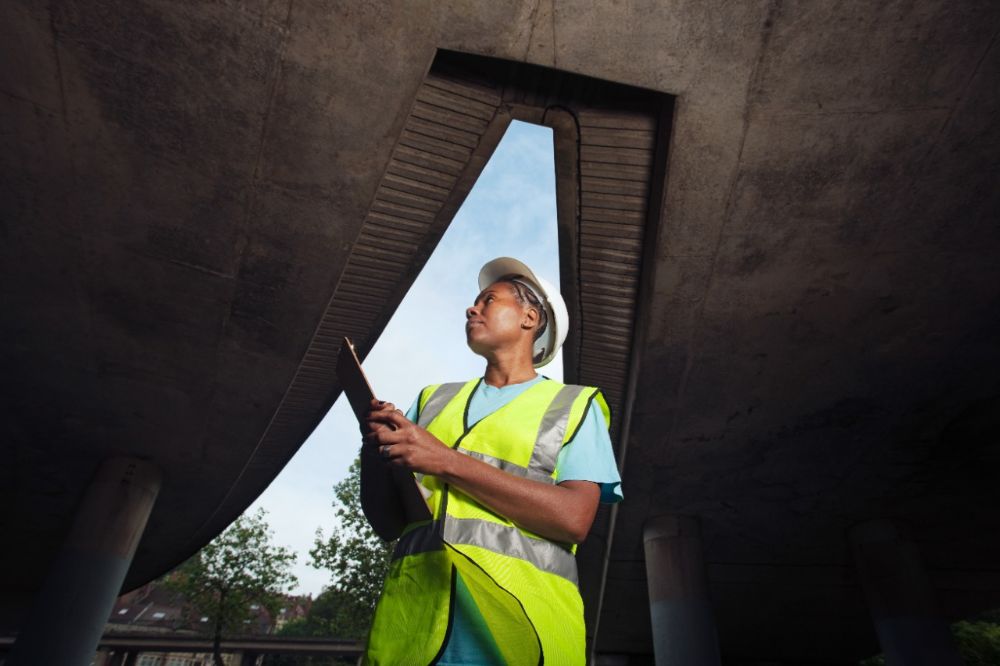
Best known for their contributions to National Infrastructure Investment Plans (NIIPs), which have proliferated across the Pacific for a decade, the Pacific Region Infrastructure Facility (PRIF) now also hosts an annual “PRIF Week”. From 17 - 22 October 2022, PRIF, a club of western donors to the Pacific, held the event for only the second time. This year’s theme, ‘Enhancing Private Sector and Local Participation in Pacific Infrastructure’ was pitched at local firms and contractors who are seeking a larger slice of the donor-led infrastructure pie.
PRIF Week highlighted initiatives, presented project examples and convened panels, in a hybrid format across four live sites. Topics traversed the five sectors of PRIF’s engagement - energy, telecommunications, transport, urban development, and water and sanitation.
The theme was a smart choice – dangling the carrot of gaining insider knowledge of the infrastructure project pipeline, and tapping into the pride held for homegrown Pacific businesses that lead economic growth. The theme also connects to the broader agenda of private sector development, which started appearing in the literature around 2008, and is now entrenched in donor portfolios. The agenda is to modernise business laws, increase access to finance, reform state-owned enterprises, create consumer protections and empower women’s role in the economy. PRIF Week reiterated these narratives.
Local content is good business
The concept of ‘local content’ surfaced several times during the Week, drawing attention to the ways in which the local content in infrastructure projects can be increased. ‘Local content’ is another way of saying that firms from the countries where the work is taking place actually deliver part of the consulting services or construction works. It’s not clear why this is innovative, as it makes good business sense – it keeps costs lower and improves the relevance and effectiveness of operations and services. Yet local firms missing out on this type of work is a common complaint, reasons notwithstanding. This theme is welcome, in response to that complaint.
One angle on this was encouraging international contractors to leave behind a legacy beyond just the hard infrastructure, in the form of skills, training, knowledge, experience. This so called ‘capacity building’ is to be directed towards the goal of local firms taking up increasingly complex roles in infrastructure projects. This is standard development theory but is unlikely to happen if normal business incentives apply. Further thought would have to be put into why such a transfer of skills and transition of responsibilities would occur. (See our story on the Solomon Islands’ Hatanga – BY Group partnership for an alternative example, pXX).
Show me the pipeline
The Fiji Roads Authority (FRA) and Pacific Building Solutions (a Fijian contractor) sat on a panel discussing ‘growth in local contractor participation’. It was highlighted that FRA’s strategic policy to deliver a program of work, that includes local content policies, has helped over time to develop the whole local contracting industry. Local preference in procurement lowers the hurdles for local firms to participate and simultaneously raises them for internationals. This changes the mix of expertise, experience and the financial backing of selected contractors, changing a client’s risk profile with it. Notwithstanding, if growth in the local contracting market is the goal, simply delivering a consistent pipeline of work to the domestic market will provide the certainty needed for long term business investments. Donors cannot always provide this, hence it is not typically a feature of the private sector development discourse. But FRA can, as can mechanisms such as the National Transport Funds in Solomon Islands and PNG (when free of meddling, foreign and domestic!).
Asian Development Bank’s Katherine Guy presented on transport sector trends they’re seeing and ADB’s upcoming plans in the Pacific. The overall value of ADB’s USD 2.3bn pipeline is heavily skewed by a massive investment in land transport in PNG of USD 1.6bn, predominantly for the Sustainable Highlands Highway Investment Program. The remainder of the land, maritime and aviation projects will hopefully be more suitable for the domestic private sector.
An initiative called the Pacific Project Series, supported by New Zealand’s Ministry of Foreign Affairs and Trade (MFAT) and Austrade was discussed and promoted in one session featuring the maritime sector in Tuvalu. DT Global’s Induni Seranath and team profiled the scope, scale and considerations made in the preparation of the Tuvalu wharf projects for market, including how price inflation risks were factored into the budget allowances. The Pacific Project Series is intended to give firms awareness of broader opportunities but also some specific upcoming project opportunities. The information is disseminated through webinars to profile individual large scale projects, hear directly from those who are preparing them and are open for Q&A.
It's not you it’s me
These sorts of conferences are a case study in the dance between the donor industry and the Pacific. Each stakeholder has a different reason for attendance and a different reason for presenting. The often guarded and euphemistic ways of speaking (e.g., ‘capacity building’; improve enabling environments’) are better suited to diplomacy than engineering. The deference is as charming as it can be awkward.
And yet, the purpose is served – the private sector has visibility of the pipeline. Often this is all they need. PRIF will do well to continue production of NIIPs and fulfil their purpose as a facilitator of adequate investment in this infrastructure pipeline.
PT MAGAZINE, ISSUE 11, 2023